Advantages of Growing Your Own Garden
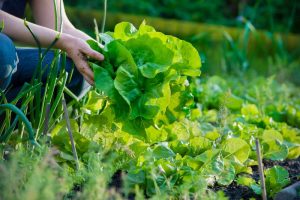 With spring in full-swing and summer just around the corner, it’s time to break ground on your own backyard garden.
With spring in full-swing and summer just around the corner, it’s time to break ground on your own backyard garden.
From herbs, to vegetables, fruit, or other colorful combinations, there’s no reason you can’t plant the seeds to healthier living and nutrition by selecting certain powerhouse plants.
Let Dr. G share some of his own favorite backyard crops and inspire your own green thumb.
BROCCOLI
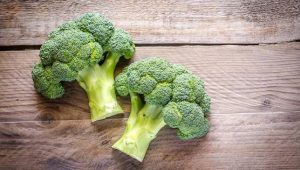 Broccoli is high in calcium, iron, magnesium, as well as vitamins. One cup of raw broccoli provides 130% of your daily vitamin C intake.
Broccoli is high in calcium, iron, magnesium, as well as vitamins. One cup of raw broccoli provides 130% of your daily vitamin C intake.
Start by planting broccoli in individual starter pots with twelve to sixteen inches of soil before transplanting to your backyard. You may want to cover your broccoli with protective netting or light-weight bed sheets to avoid an infestation of cabbage worms.
BEANS
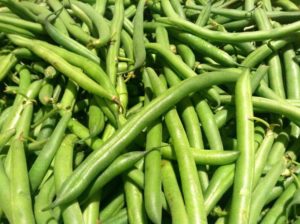 Snap beans, like green beans and wax beans, are easy to grow and are packed with iron, fiber, manganese, and phosphorus.
Snap beans, like green beans and wax beans, are easy to grow and are packed with iron, fiber, manganese, and phosphorus.
Plant the beans at least four inches apart to give them enough space to grow. Since beans will grow along vines, be sure to add a trellis if you are planting them near an existing structure. Otherwise, a wire rack or rows of twine above the plants will work fine.
TOMATOES
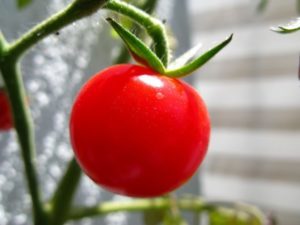
The staple of any backyard garden, tomatoes are a hearty, quick growing fruit loaded with fiber, iron, magnesium, niacin, potassium, and vitamins A, B6, and C. If that wasn’t enough, tomatoes are also a great source of the antioxidant, lycopene.
You’ll want to give each plant its own pot. Plant your seeds between twelve to eighteen inches deep. For dwarf tomatoes, eight inches will suffice. Whether remaining in a pot or transplanting to your backyard garden, place a conical wire rack around the plant while it is still developing so that it has a support system to grow upon.
RED BELL PEPPERS
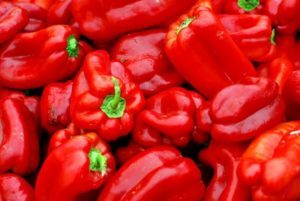 Another great vegetable that is perfect for novice green thumbs, red bell peppers are choked full of potassium, riboflavin, and vitamins A, B6, and C. Just one cup of red bell peppers holds a whopping 317% of your daily recommended intake of vitamin C and 93% of vitamin A.
Another great vegetable that is perfect for novice green thumbs, red bell peppers are choked full of potassium, riboflavin, and vitamins A, B6, and C. Just one cup of red bell peppers holds a whopping 317% of your daily recommended intake of vitamin C and 93% of vitamin A.
Plant the seeds in starter pots or pick up seedling plants from your local garden or home improvement center. Once the plants are at least a foot in height, either transplant them into a larger pot or into your backyard garden with at least six inches between plants.
CARROTS
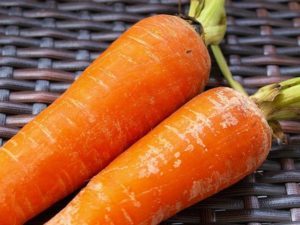 High in fiber, manganese, niacin, potassium, and vitamins A, B6, and C, carrots are one of the handiest nutritional powerhouses you can pluck out of the ground.
High in fiber, manganese, niacin, potassium, and vitamins A, B6, and C, carrots are one of the handiest nutritional powerhouses you can pluck out of the ground.
In a pot that is at least twelve inches deep, sow the seeds two to three inches apart before transplanting them into your garden. The smaller in size the more vibrant the taste. Waiting too long will leave your carrots tasting overly earthy. Also, be sure not to let the soil dry out. Without sufficient moisture, your carrots may wind up tasting significantly more bitter and fibrous.
LEAFY GREENS
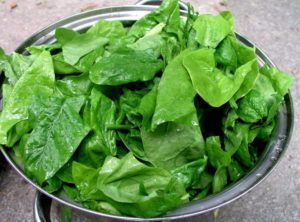 Whether its kale, spinach, collard or mustard greens, or dandelion leaves, you just can’t go wrong.
Whether its kale, spinach, collard or mustard greens, or dandelion leaves, you just can’t go wrong.
With high amounts of calcium, iron, potassium, and vitamins A, B6, and C, leafy greens are not only incredibly versatile in the kitchen, but are also an essential component of your daily nutrition.
While collard greens and kale will need their own pots, other leafy greens can be planted together as long as you give them at least four inches of space.
Since many leafy greens are cool-weather crops, finding a shady place for them with indirect sunlight will help too.
Reap the rewards of healthy living this summer from the comfort of your own backyard. Be sure to check back for more healthy living ideas from Dr. G, and if you need more than fresh veggies to get healthy, call Dr. G to schedule your own new patient consultation.
